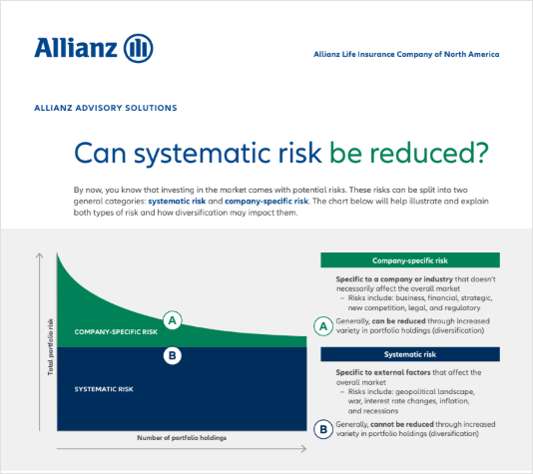Defined benefit pension plan sponsors have been offering terminated vested participants lump-sum pension cash-outs since 2012, and this trend is likely to accelerate this year, according to Mercer, a global consulting firm.
Mercer this week published a guide to help plan sponsors evaluate whether to consider a cash-out program, including misconceptions about cash outs and the firm's recommendations.
Cash outs are attractive for several reasons, according to Mercer consultant Matt McDaniel. Among them:
- Reduced pension liability, leading to lower plan risk and volatility
- Eliminated Pension Benefit Guaranty Corp. premiums for participants electing a lump sum
- Eliminated ongoing administrative costs for participants electing a lump sum
- Reduced investment management costs for the funds used to cash out
- Ability to make lump-sum payments before updated statutory mortality tables increase costs
- Potential interest rate arbitrage in 2014, depending on the relationship between lump sum rates and market-based rates
McDaniel noted that these programs also tend to be popular with eligible participants. "Take-up rates for an effectively executed lump sum exercise can be upward of 50%," he said in a statement.
"However, the business case for pension cash-outs is driven by the unique circumstances of the plan sponsor and a cash-out will not make sense in every situation."
Holding Back
According to Mercer, some plan sponsors for whom a cash-out might be appealing are waiting on the sidelines, hesitant because of concerns that can in fact be addressed.
Mercer's report identifies several misconceptions, and outlines how they may be addressed to allow for a successful risk transfer project.
One major misconception is that interest rates are currently too low. Mercer said that waiting for a hike in interest rates to take action was a bet on the direction of interest rates.



